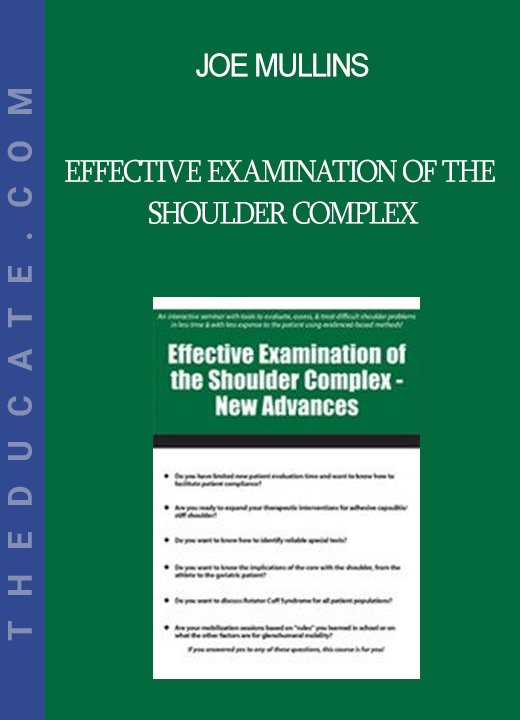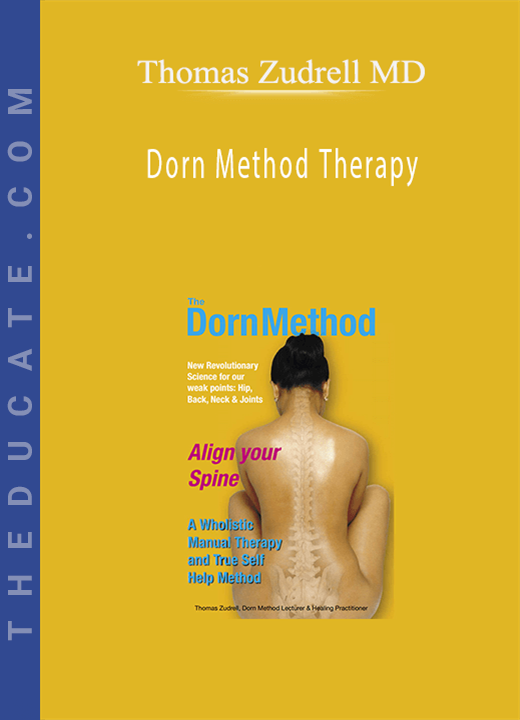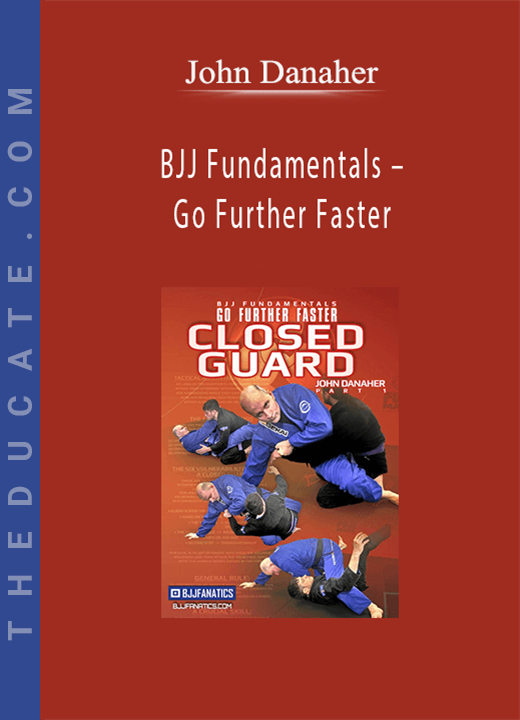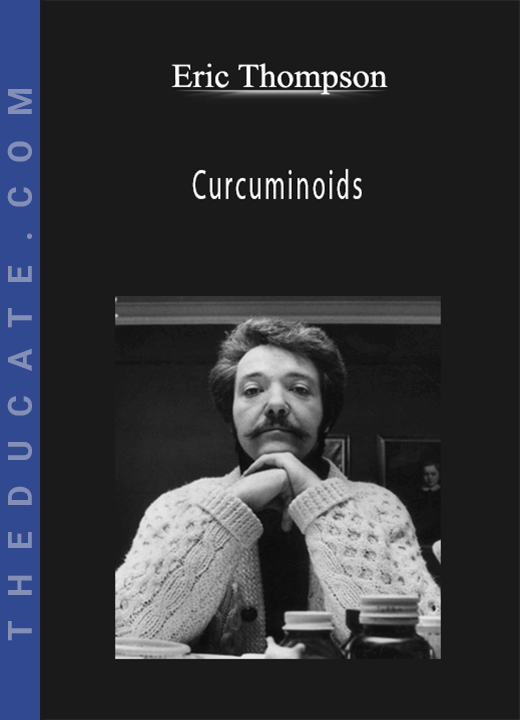Description

-
Joe Mullins – Effective Examination of the Shoulder Complex: New Advances
- Faculty:
- Joe Mullins
- Duration:
- 6 Hours 6 Minutes
- Format:
- Audio and Video
- Copyright:
- Dec 12, 2014
Description
Examining the Shoulder
The shoulder has tremendous mobility across four joint structures. This increased mobility can compromise the stability of the scapula humeral complex. Rehabilitation of the shoulder requires a delicate balance between improving soft tissue mobility and neuromuscular control. However, elimination of a patient’s pain does not mean a long-term successful outcome. A good, sound orthopedic screening examines the patient as a “whole” versus as a “joint” or “tissue” diagnosis and will allow the clinician the ability to address present and potential predisposing factors. Many professionals are lacking in these skills or frustrated with the constraints in place due to managed care. Today’s managed care environment often frustrates the clinician by not being able to successfully rehabilitate the shoulder. “Managed care” has a different meaning for the patient, payer and provider. Examination and treatment of the shoulder is challenging to the clinician and made even more difficult when working in a managed care environment. Clinicians often find it difficult to properly heal the patient’s injury while also accelerating the treatment process.
This exciting, interactive, recording is designed to inspire attendees to understand first “what is inside the box, before you can think outside of it.” Advanced critical thinking skills are vital in today’s limited visits and high co-payment atmosphere. The clinician who can properly examine the shoulder by first breaking down the subjective and objective portion of the exam, and then specifically identify what is really important to rehabilitate, will be the clinician who succeeds in meeting the needs of all the players in managed care: patient, provider, and payer. This recording will take you step-by-step, utilizing case studies of very common, complex shoulder problems. You will gain tools to evaluate, assess and treat difficult shoulder problems in less time and with less expense to the patient.
Handouts
| Manual – Effective Examination of the Shoulder Complex (22.87 MB) | 99 Pages | Available after Purchase |
Outline
FUNCTIONAL ANATOMY & BIOMECHANICS
- How we were taught in school vs. how the scapula humeral complex really works with orthopedic patients (i.e. how the legs drive the trunk and the trunk drives the scapular—the kinetic link)
- How to put the fun into the fundamentals
- Interactive drawings of the biomechanics
- learn how centering the humeral head in the glenoid fossa is the key to maximizing range of motion and function
- Research-based information on compliance
- Research-based information on how to develop vital listening skills
- Examine the importance of communication skill
COMMON SHOULDER DYSFUNCTIONS
- Faulty scapulohumeral rhythm/scapular dyskinesis
- video analysis
- demonstrations
- Core stability/training—for all patient populations
- Video analysis
- Lab demonstrations
- Hypo-mobile pathology
- Manual therapy
- Videos
- Hands-on demonstrations
- How to get the hand behind the back vs. the towel or pulley exercise
- How to treat the shoulder that has plateaued in range of motion
- Labral pathology
- Interactive anatomical drawings
- Special tests to rehab
- Rotator Cuff Syndrome
- Slassification system
- Discuss the difference between the 20-year-old vs. the 70-year-old
- Osteoarthritis: medical management for all patient populations
- Joint replacement: Current and new advances
- Glenohumeral instabilities
- Scapular dysfunction—interactive drawings and patient analysis
- Posterior shoulder tightness
- Demonstrations of assessment
- Treatment options
Faculty
Joe Mullins, MEd, LAT, ATC, ACI, Related seminars and products: 1
JOE MULLINS, MEd, LAT, ATC, ACI, is a licensed athletic trainer with over 20 years of experience in clinical and academic settings. Currently, he is the founder and director of Athletic Training and Conditioning, Inc., a rehabilitation consulting company that specializes in baseball pitching, performance, and treatment of the overhead athlete. Mr. Mullins specializes in functional orthopedic evaluations, movement analysis, and program design based upon regional interdependence. Due to his many years of treating the orthopedic shoulder and his ability to maximize shoulder performance, Mr. Mullins is sought after by professional and amateur athletes and the physically active to assist in their recovery of function. Additionally, he holds a management position at Randolph Hospital, overseeing athletic training outreach services. Mr. Mullins has taught courses in the Masters Athletic Training Program and the Department of Kinesiology at the University of North Carolina at Greensboro. His early career included providing rehabilitative and musculoskeletal care for NASCAR drivers and crews through Motor Racing Outreach and working as the Head Athletic Trainer for Mount Olive College in Mount Olive, NC.
Mr. Mullins received his Bachelor of Science degree in Exercise and Sports Science from UNC Greensboro and went on to earn his Master of Education in Athletic Training from the University of Virginia. He is licensed as an athletic trainer in the state of North Carolina, is certified through the National Athletic Trainers Association, and is an Approved Clinical Instructor through the Commission on Accreditation of Athletic Training Education. Mr. Mullins is a member of the National Athletic Trainers Association, the North Carolina Athletic Trainers Association, and the Mid Atlantic Athletic Trainers Association.
Speaker Disclosures:
Financial: Joseph Mullins is the founder and director of Athletic Training and Conditioning, Inc. He receives a speaking honorarium from PESI, Inc.
Non-financial: Joseph Mullins is a member of the National Athletic Trainers Association, the North Carolina Athletic Trainers Association, and the Mid Atlantic Athletic Trainers Association.






Reviews
There are no reviews yet.